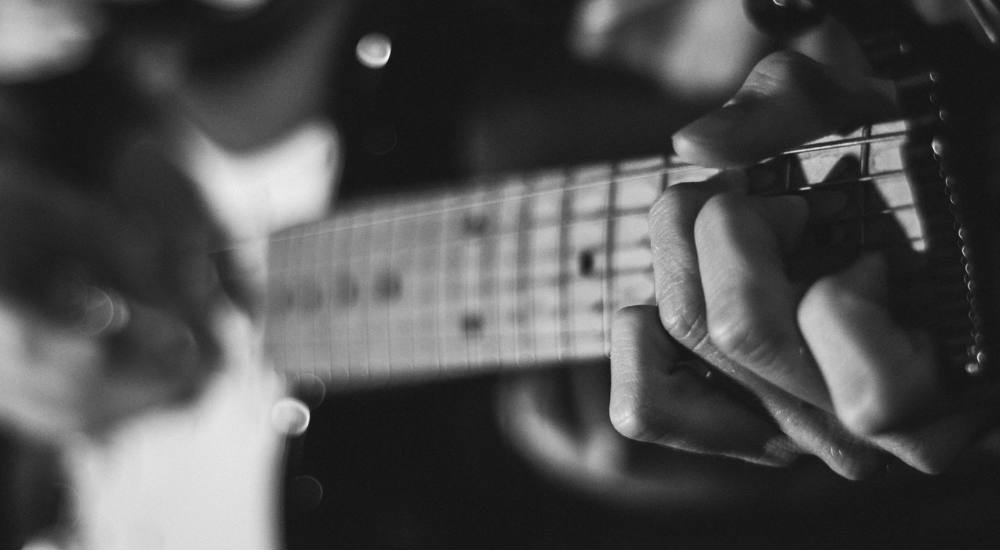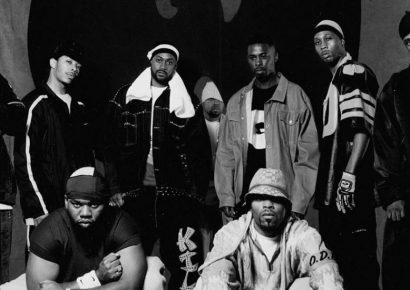Figure A recaps this idea using C Phrygian (C Db Eb F G Ab Bb). By starting on the lowest note (F) we then play the mode using three notes per string which takes us to Bb on the high E String. Obviously we should also practise descending to end up back on low F, which then takes us to Figure B. This is still C Phrygian, but starting on G on the low E string. Continue the pattern up the neck and then try improvising using the mode all over the neck to get some fluency. Try breaking these patterns too and take the mode all over the neck in any direction. You can then see the further possibilities: scales, modes, all keys, arpeggios, etc. Some of the more commonly used keys, scales and shapes might be fine but when you push a little further, I’m sure they’ll get tricky.


Now, let’s take the concept to four notes per string. F Major is a good starting point (Figure C) as it commences on the root note. Have a look at the spread of the notes and take a minute to think about potential fingerings. These may take some stretches, so go slow to make sure of correct notes.

How did you go? Any problems? You might try 1 2 3 4 for the first four notes (F G A Bb) or even 1 2 4 4 (with a slide) if the stretch is really pushing you. In the end you can cover all these notes however you like; the concept is more about getting to know the notes. Having some boundaries can help with getting the idea flowing as a start.
Figure D starts our F Major scale up a tone (on G on the low E string) and again creates some awkward stretches and fingering options. Starting slowly again is the key and trying to not be restricted by the fingering. One of the first things you might notice about four notes per string is the flow of the rhythm and sound. Playing four notes per string fits nicely when playing quavers in 4/4 with the new string starting on the beat and eliminating some of the issues players have with three notes per string moving in 4/4 and accenting different beats of the bar.

Lots of further possibilities here – try different scales (chromatic, diminished, modes), arpeggios and develop some licks and vocabulary. You’ll be surprised how much this can help your note recognition, knowledge of the fretboard, and thinking and concept of the neck. You’ll hopefully start seeing new paths all over the neck as well as groups of notes and chords. Yes, chords! We’ll get onto those next issue in a similar concept to this month.

